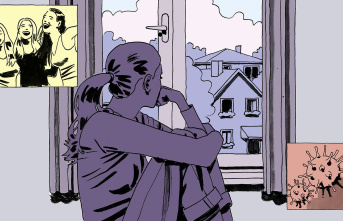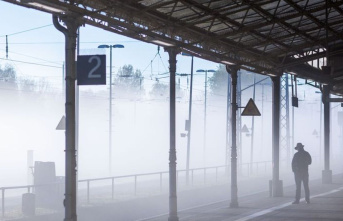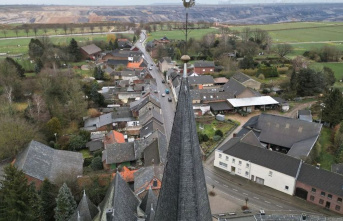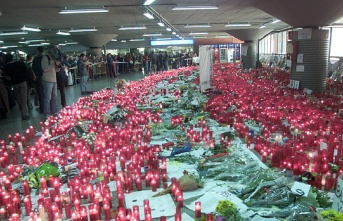The idea came at the worst time. 2010. The aftermath of the economic crisis overwhelms investor appetite. The Spanish construction company OHL looks at a banking complex, in the heart of Madrid, erected at the end of the 19th century and abandoned for a decade. The pharaonic works to empty and transform the interior of these seven buildings into one begin two years later. Another decade has passed until the Canalejas center has been able to culminate its ode to luxury and open all its doors: homes, hotel and, starting this Thursday, a shopping gallery.
The finishing touch to the long project is the opening of a gallery in the style of London's Harrods and Paris's La Samaritaine. Its first seven big brands are Aquazzura, Omega, Rolex, Valentino, Yves Saint Laurent, Zegna and Isolée.
The list of the next names has not yet been finalized, but the future addition of Louis Vuitton, Jimmy Choo and Giorgio Armani is already confirmed. "On the first floor we are looking for a mix of brands that are more affordable, but always maintaining the character of a luxury gallery," the CEO of Centro Canalejas Madrid (CCM), Tomás Ruiz, tells ABC, between the clink of the cutlery and the ambient music that envelops the lobby of the Four Seasons.
The opulent hotel of the Canadian chain was the first part of the Canalejas complex, in the square of the same name, to start operating, followed by the Cartier and Hermès stores. In the midst of a pandemic, September 2020, and yet occupancy exceeded forecasts by 30%. "In the months of April, May and June it has had a very high occupancy, close to 70%," says Ruiz. The lobby maintains the emerald marble bars that served as counters for the Banco Hispano Americano years ago, as well as the golden balustrades and the glass that crowns the hall, restored during the works.
The project spent 7 million euros alone on the restoration of 17,000 pieces that were disassembled, cataloged and put back in the new facilities. "From an engineering point of view, it is a truly paradigmatic work," Ruiz says. The seven buildings of the complex, declared a Site of Cultural Interest (BIC) in 1999, were unified by means of small explosions without touching the 8,000 square meters of facades. "Anything that was done here had to start from the principle of preserving that heritage," says the CEO of CCM, a company owned 50% by OHLA (the former OHL) and the investment partner Mohari Hospitality. The works, however, were not without controversy.
In 2012, the Community of Madrid and the capital city council, both governed by the PP, partially revoked the BIC declaration to allow the metamorphosis of the property. Even so, the blockages of the urban planning licenses and the recurrent consultations with the heritage commissions lengthened the terms. In June 2018, the Prosecutor's Office requested two years and three months in prison for the architect, Carlos Lamela, for damage to property, who was acquitted in November of that same year. But the tortuous process, which has involved more than 600 million euros of investment, came to fruition. Today, the complex "is a unique asset of its kind," says Ruiz, valued at "more than 800 million euros."
The opening of the commercial gallery is the last phase. The 22 private residences served by the Four Seasons, with an average price of 4.7 million euros, are sold; the owners are Spanish, European, Latin American, businessmen, artists and famous athletes. The gastronomic area was inaugurated last December, with 13 restaurants, Michelin stars included. The Four Seasons has been a magnet for competition, like the Rosewood Villa Magna and the Ritz Mandarin. “The gallery will be a trigger for great luxury combining fashion, gastronomy and heritage, constituting what could be a new Golden Mile”, predicts the CEO. The idea conceived a decade ago has borne fruit because, according to Ruiz, "some visionaries at that time saw a cultural and historical jewel" for Madrid.












